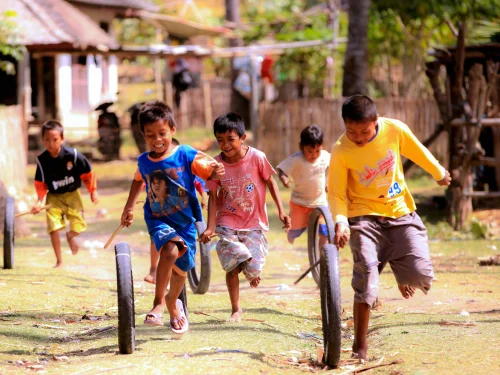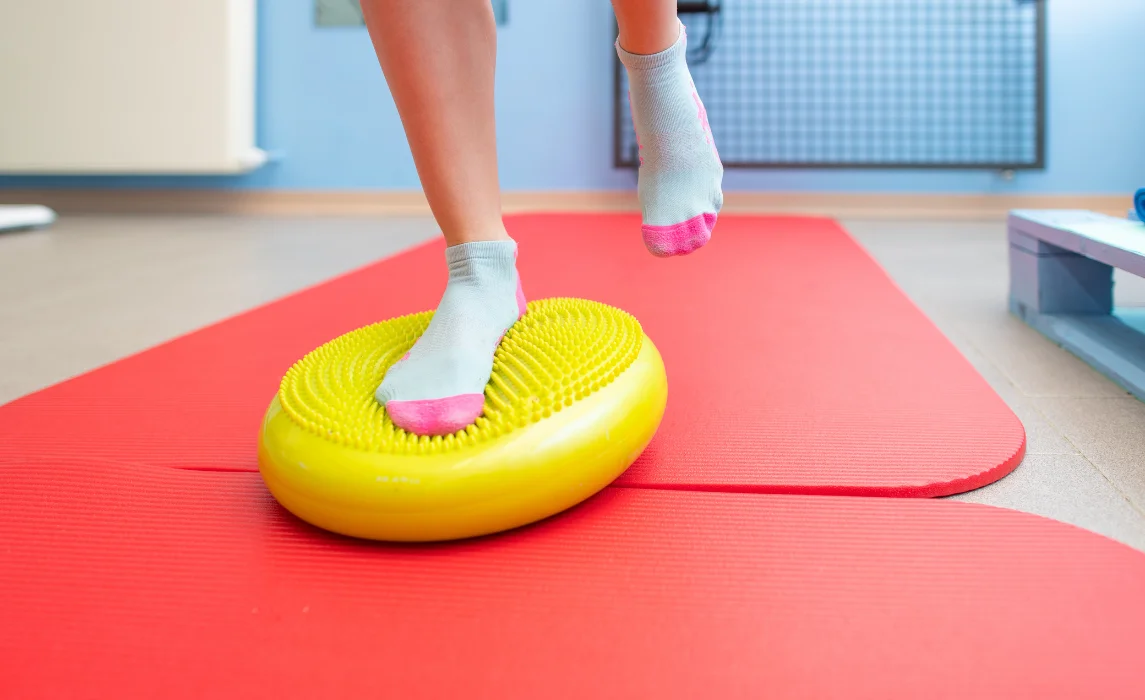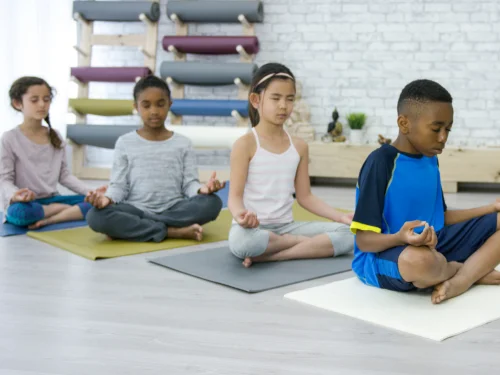What Is Proprioception? Understanding Your Body’s Sixth Sense

Yes—finger plays, clapping games, and dance routines that use hand gestures all help. Combine rhythm and repetition for deeper learning.
Send home simple activity ideas, kits, or worksheets. Offer short instructions and encourage family involvement. Regular practice builds lasting progress.
Try origami, sticker scenes, stringing pasta, or painting with Q-tips. Crafts that use small pieces build precision and control.
Most people are familiar with the five main senses—sight, smell, taste, hearing, and touch—but there’s another crucial sense we often take for granted: proprioception. Sometimes called the “sixth sense” or “position sense,” proprioception is your body’s ability to sense its own position, motion, and force in space—without needing to look.
Thanks to proprioception, you can type without watching your fingers, walk in a dark room without stumbling, or scratch your nose without a mirror. It's a subconscious process, yet essential for nearly every physical action we take.
The Science Behind Proprioception

Proprioception is a complex system that constantly feeds information to your brain through sensory receptors called proprioceptors. These are located in your muscles, tendons, joints, and skin. When you move, proprioceptors send messages to the brain about joint angle, muscle stretch, and tension. This allows your brain to make quick adjustments to maintain balance, posture, and coordinated movement.
Your nervous system integrates this information with input from the inner ear (vestibular system) and eyes, allowing for a full awareness of body orientation and motion.
Proprioception vs. Kinesthesia
.webp)
While often used interchangeably, proprioception and kinesthesia have subtle differences:
- Proprioception is your ability to sense the position of your limbs and joints.
- Kinesthesia refers to the awareness of movement and motion of those body parts.
Together, they enable everything from simple daily actions like picking up a glass to athletic feats like flipping on a balance beam.
Real-Life Examples of Proprioception
.webp)
Here are a few common examples of proprioception at work:
- Balancing on one leg without falling, even with your eyes closed.
- Touching your nose with your eyes shut.
- Adjusting your grip when lifting a full water bottle.
- Walking on uneven terrain, like sand or gravel, without tripping.
Signs of Poor Proprioception
.webp)
When the proprioceptive system is impaired, even routine tasks can become challenging. Common signs include:
- Frequent tripping, bumping into things, or dropping items.
- Trouble judging how much force to use (e.g., pressing too hard when writing).
- Poor balance and posture.
- Clumsy or uncoordinated movements.
- Seeking intense sensory input (e.g., tight hugs, rough play) in children.
Causes of Proprioception Dysfunction
.webp)
Proprioception can be disrupted by:
- Injuries, such as sprains, fractures, or joint replacements.
- Neurological conditions, including multiple sclerosis, Parkinson’s disease, stroke, and traumatic brain injury.
- Peripheral nerve damage (e.g., from diabetes).
- Developmental conditions, such as autism or sensory processing disorder.
- Aging, as joint, nerve, and brain function naturally decline.
Even alcohol temporarily impairs proprioception, which is why sobriety tests include balance and coordination checks.
How Is Proprioception Assessed?
.webp)
Healthcare providers may use the following tests:
- Romberg test: Balancing with eyes closed.
- Heel-to-toe walk: Checking for gait control.
- Finger-to-nose test: Testing coordination.
- Joint position matching: Replicating a limb’s position with eyes closed.
- Thumb-finding and toe-moving tests: Used to assess distal awareness.
How to Improve Proprioception
.webp)
While some proprioception issues may be permanent, many can be improved with targeted therapy and movement training.
Common Proprioceptive Exercises:
- Balance training: Standing on one leg, using wobble boards or balance beams.
- Obstacle courses: Climbing, jumping, crawling.
- Weight-bearing activities: Pushing/pulling heavy objects.
- Fine motor tasks: Using putty, carrying weighted items, or using resistance bands.
- Yoga or Tai Chi: Enhances slow, controlled movements and spatial awareness.
For Kids:
Children who crave proprioceptive input may benefit from “heavy work” activities such as:
- Wheelbarrow walks
- Jumping and crashing into padded surfaces
- Climbing on playground structures
- Eating crunchy or chewy snacks
These activities help regulate their nervous system and improve focus.
You May Also Like: 8 Social Skills for Kids: Building Strong Connections from the Start
Why Proprioception Matters
.webp)
Without proprioception, everyday tasks would become mentally exhausting, as we’d need to consciously monitor every movement. This hidden sense plays a key role in:
- Preventing injuries
- Developing coordination
- Enhancing athletic performance
- Supporting independent functioning in both children and adults
You May Also Like: 8 Powerful Benefits of Writing: Why Putting Pen to Paper Still Matters—Especially for Kids
Final Thoughts
Proprioception is a remarkable, often overlooked sense that helps you move confidently and safely through the world. If you or your child struggles with clumsiness, poor balance, or difficulty judging movement, it may be worth exploring proprioception assessment and training through a physical or occupational therapist.
Whether you're learning to walk, play the piano, or simply carry groceries without looking down, proprioception is quietly guiding you every step of the way.
You May Also Like: 5 Major Benefits of Hand-Eye Coordination: Why This Skill Matters More Than You Think




